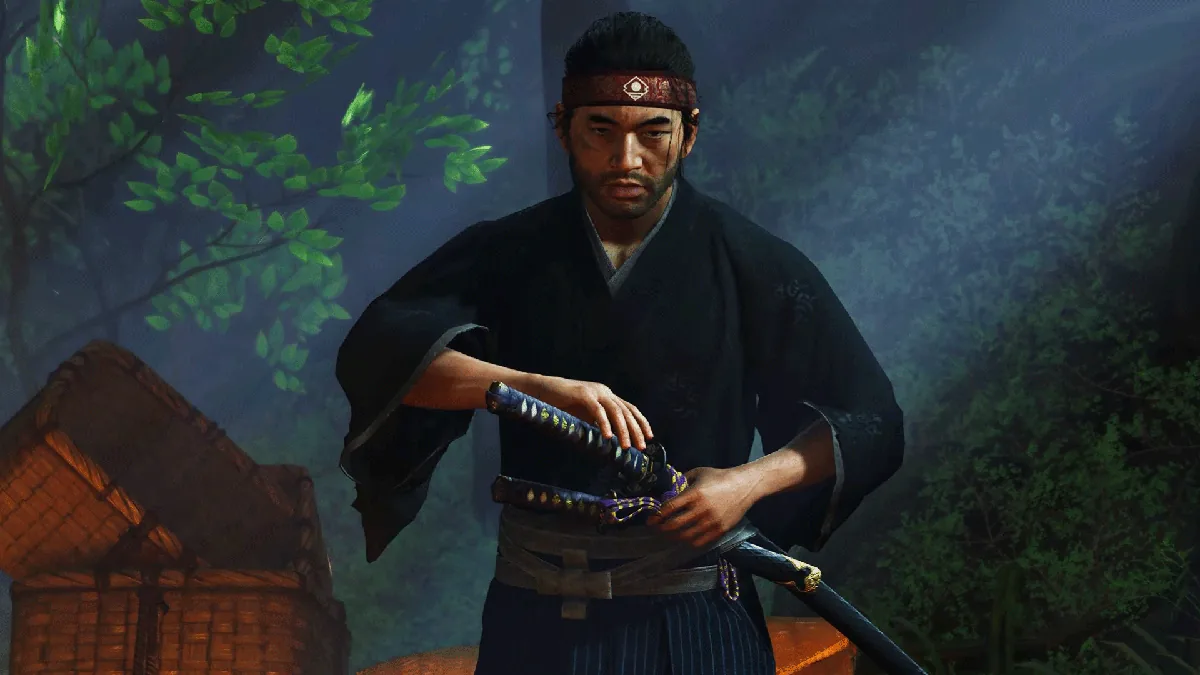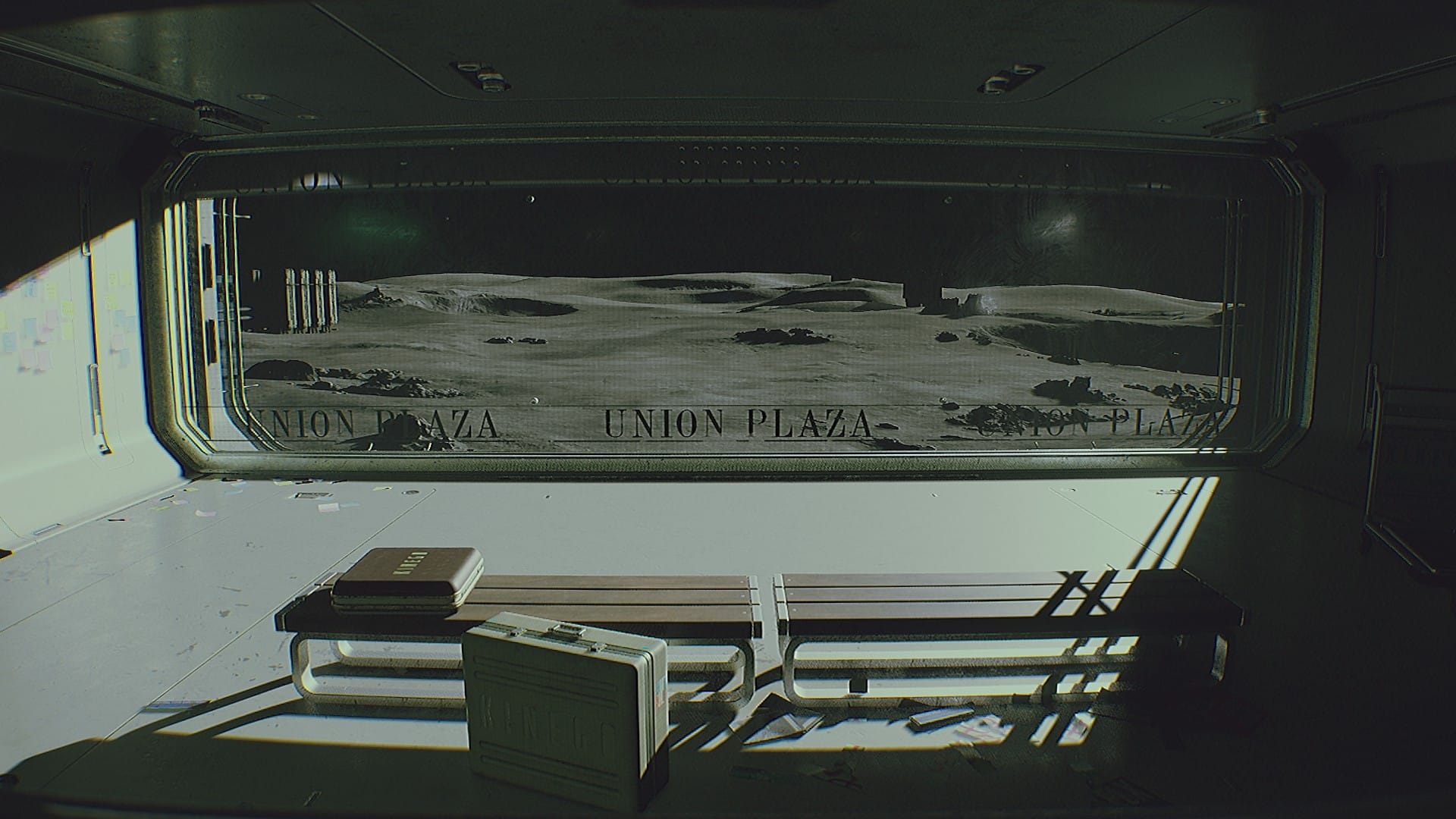Since Ghost of Tsushima’s original release, I’ve gotten to play a decent number of samurai games that managed to explore the theme with different results. Trek to Yomi, for instance, tried to go for a very cinematic-styled experience with mixed results, while Rise of the Ronin made things way more open-world with Team Ninja’s trademark Souslike style. Ghost of Tsushima, even though developed by a Western team, felt mostly authentic, and after the improved Director’s Cut which added lip synching to match the Japanese voice track, became even more so.
The last time I touched Ghost of Tsushima was to review its first and only piece of story DLC, the excellent Ikki Island, which focused on protagonist Jin Sakai’s psyche and his acceptance of the loss of his father. Overall, it was a DLC that added to the main game so much that it made me change my opinion on Ghost of Tsushima completely. After all, before engaging with the extra content, I found the core game to be fun, but somewhat lacking.
Ikki not only added some clever twists to gameplay in the form of hallucinations but also gave me an entirely different way to play the game with its monkey armor, which solely relied on parrying, one of Tsushima’s noteworthy quirks and its main point of contention for me, who had problems dealing with it simply using what the base content had given me.
Funnily enough, though, my time playing the PC version of this hasn’t been a mere continuation of what I had already gone through in the past. Even with the welcome addition of cross-saves and trophy progression, due to me not currently having an active PlayStation Plus subscription, I was not able to transfer my progress over. That forced me to restart Sakai’s adventure, but now with the mindset of having honed my skills thanks to the DLC.

Thanks to that, I’ve been having a much better time going from story beat to story beat in the main content, enjoying it a whole lot more than I had during my first two attempts. Overall, though, there’s not much that sets this apart from the PlayStation versions outside of the much more powerful platform that the game is on now and, of course, having the ability to play it on a controller that’s not the DualSense, which for me is definitely a plus.
Without the touchpad, Ghost of Tsushima on PC works in the little that there is that relies on that feature to more practical button presses of the Xbox controller. For instance, in order to call in the helpful winds that guide you from map markers, you merely have to press a direction and tilt the right analog stick. Back on PS5, I had trouble making it work, something that’s been common to me dating back to Sony’s previous console, so it made me appreciate having it be changed to something more analog.
Technically, this PC port is a nearly flawless piece of work from the talented team at Nixxes, the same group that has been working with Sony bringing their big tentpole releases to computers all over the world. Here, you get the same amount of graphical tweaks as you expect, and the game itself is extremely well balanced in how it scales depending on the system you try to run it on. For me, someone who has kept going with a machine that is nearing the 10-year mark, only updating a handful of parts since first putting it together, Ghost of Tsushima has been running like a dream.

With my latest upgrade, a more budget-focused Nvidia RTX 3060 card dubbed ‘Phoenix’, I’ve been getting to play the game with all options turned to max, 1080p resolution. While not 4K, it looks ridiculously sharp on my display, a 23’’ LG monitor that’s already up there in age, but still keeping on with my gaming needs. For those with newer and more capable hardware, I’m positively sure that the game will be even better looking and playing.
The best part of this port, though, comes from its integration with PSN. Sony’s been having a rough time at it with implementing the feature on PC considering all the fuss behind their change to Helldivers 2 especially, with such a bad reception that they had to overturn their decision for now. In regards to Tsushima, though, it proves that there’s not really much to it at all: similar to Ubisoft’s UPlay, PSN is merely an overlay on top of Steam’s own. You get to carry over progress back and forth between platforms, as well as trophies, so if you care about achievements, there you go.
Sony’s new policy on bringing their big console releases to PC had a shaky start, given how much flak they got as to Days Gone’s initial release on Steam – which I personally did not have any problems with – but with each new release, they’ve gotten better and better, and for a while now their ports have been downright excellent. If you have yet to experience Ghost of Tsushima and are looking to do so on PC, there’s absolutely no reason not to do it, even more so if you have a good machine to run it on.





